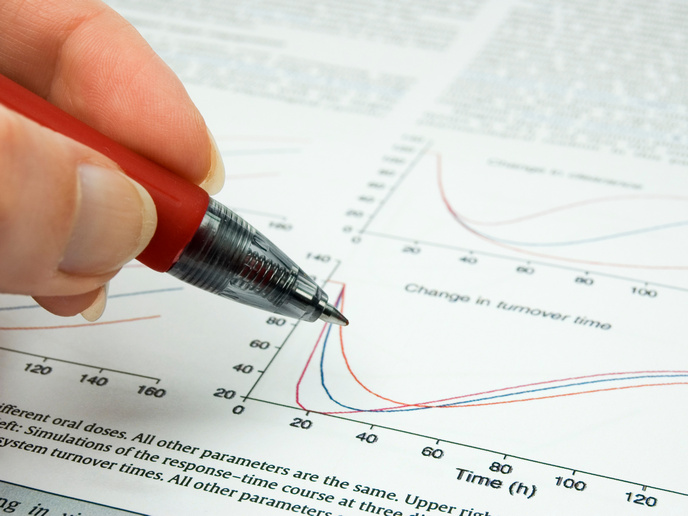Science with the next space-based interferometer
Phase transitions are ubiquitous in nature. Boiling water into vapour and the emergence of superconductivity are two examples of this physical phenomenon. Intriguingly, the phenomenon can also be cosmological. Entire regions of the universe can transition from one ground state to another. The EU-funded project EWPTBSM (The electroweak phase transition beyond the Standard Model) focused on first-order cosmological phase transitions. These processes proceed through the nucleation of bubbles in a metastable phase. Bubbles will then expand and eventually collide with each other. This sequence of events provides an attractive target for the evolved laser interferometer space antenna (ELISA). The team explored the potential of the most promising experimental configurations to detect gravitational waves arising from first-order phase transitions. First-order phase transitions have been predicted in many scenarios beyond the standard model of particle physics. They can be tied to the production of the observed baryon asymmetry, the nature of dark matter or be a by-product of an extended scalar sector. The EWPTBSM study conclusions depend sensitively on the experimental configuration. However, scientists estimated the contributions from bubble collisions, magnetohydrodynamic turbulence and sound waves to the stochastic background of gravitational waves. The space-based gravitational waves sensitivity to cosmological phase transitions was computed in a model-independent way for various detector designs. By applying the results to specific models, they showed that it could probe scenarios beyond the standard model, predicting phase transitions in the early universe. Currently, a design study is in progress within the European Space Agency to define the most scientifically promising configuration of ELISA. The scientific potential of each possible configuration is being analysed and scrutinised. EWPTBSM findings set a benchmark for prediction of the gravitational wave spectrum.







